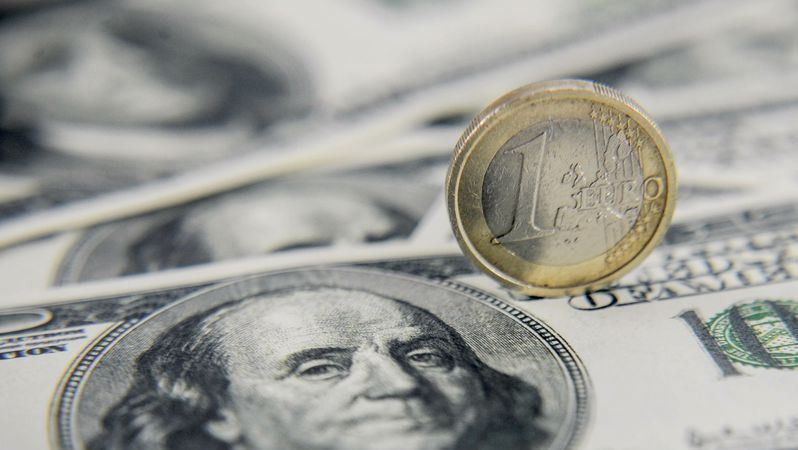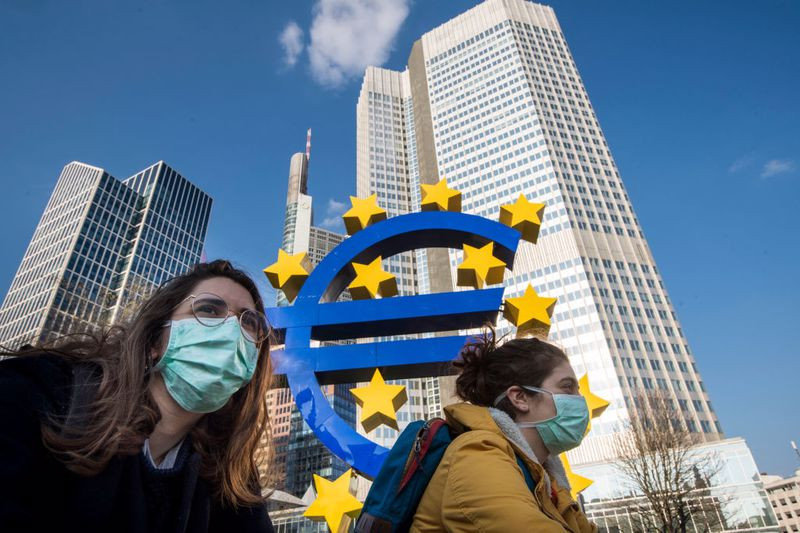

In anticipation of the Fed meeting, financial market tensions have risen to pre-pandemic levels.
Wall Street's key indices spent most of yesterday in negative territory, but by the end of trading turned upwards and closed on the plus side.
Thus, the S&P 500 was down 4% during the session and at one point the index was in a bearish trend zone, i.e. its collapse from the peak recorded at the beginning of January reached 10%, which was the first time since February 2020. By the end of the session, however, the indicator had moved out of this zone, gaining almost 0.3%. At the same time, the positive reversal of the S&P 500 during trading was the most powerful since October 2008.
There was no significant news to follow this rise. Experts do not see any clear catalysts for stock index reversals, and say that the pandemic tendency to buy any decline seems to have ended.
The recent sell-off in the market reflects investors' concerns about the prospect of tighter monetary conditions in the US.
US equities were bought back on a strong pullback the day before, but whether the bears regain control of the market depends on the Fed's monetary policy verdict.
The EUR/USD pair recovered following the key Wall Street indices. On Monday, the pair bounced to 1.1323 after hitting the low of 1.1291 since January 10. Nevertheless, in yesterday's trading, the euro fell by more than 0.1% against the dollar.
Although ECB Governing Council member Francois Villeroy de Galhau confirmed his hawkish position, stating that the regulator should gradually normalize monetary policy, mixed indicators on business activity in the eurozone shocked EUR/USD buyers.

According to Markit Economics, Eurozone Manufacturing PMI increased to 59 in January 2022 from 58 in December.
At the same time, Eurozone Services PMI dropped to 51.2 in January 2022 from 53.1 in the previous month.
As a result, Eurozone Composite PMI declined to 52.4 in January 2022 from 53.3 in the previous month.
A similar figure for the US was also weak. It hit an 18-month low in January, slipping to 50.8 from 57.0 a month earlier.
Meanwhile, inflation expectations in the country, according to the St. Louis Fed, as measured by the breakeven rate (average expected inflation over the 10-year treasury horizon), rose on Monday evening for the second day in a row to 2.38%. This added to fears of a Fed rate hike, put pressure on EUR/USD and allowed the greenback to outperform most of its main counterparts.
The USD index rose to its highest level in a fortnight the previous day. It was above 96.10 before dropping slightly at the end of the US session.
On Tuesday, the dollar accelerated against the major currencies and hit new multi-day highs in the area of 96.30.
Investors remain cautious ahead of January's FOMC meeting.
Reflecting this sentiment, major US stock indices have been losing 1-2% on average.
EUR/USD lost momentum as it faced resistance around 1.1330 and slipped below 1.1300.
The Fed's two-day meeting starts today.
Some experts see this meeting as a transitory one, as there will be no new Central Bank forecasts for the economy and rates to be presented at the meeting.
Analysts at JP Morgan say they do not expect any important news from the regulator and think that the Fed's monetary policy verdict will not have a significant impact on the dollar.
"We do not expect fireworks from the Fed on Wednesday. It is possible that the Fed chooses to conclude QE early, though even if they do, the ultimate impact on US yields could be relatively muted given that a March hike is already fully priced and that UST valuations have closed much of the valuation gap that had persisted through late-2021. This may limit the extent of tactical upside for the dollar against low-yielders even with a hawkish outcome," they said.
Economists at ING think some dollar softness after the FOMC can help EUR/USD climb back to the 1.1415/20 area this week.
"A slightly softer dollar environment around the Fed could see EUR/USD trade up to the 1.1415/20 area, though we do not expect gains to last," they said.
The greenback will come under pressure if US central bank governor Jerome Powell says that FOMC members only discussed the current situation and conditions for a rate hike in March, and that the trajectory of rates and the start of balance sheet cuts will be considered at the next meeting based on new forecasts.
However, if the Fed chairman shares plans that reflect a rate hike once a quarter and the start of a balance sheet reduction in the summer, the stock market could resume its decline, dragging down risky currencies and strengthening the dollar.
Monetary markets expect the first Fed rate hike in March and three more quarter-point hikes before the end of the year.
According to National Australia Bank strategists, the evidence for the Fed to raise rates between the March and June meetings is strong and there is a risk that the market will still have to revise prices.
Analysts at ABN Amro expect EUR/USD to fall further. They forecast a drop in the pair to 1.0500 and to 1.0000 by the end of 2022 and 2023.
Analysts expect the Fed to start raising rates in March 2022 with a total of 4 rate hikes in 2022. In their view, the European central bank faces more macroeconomic factors than its US counterpart. The ECB has made it clear that there will not be a rate hike in 2022. It has also hinted that it can hold the rate unchanged for much longer. Therefore, analysts believe that EUR/USD will drop to 1.0500 and to 1.0000 by the end of 2022 and 2023.
Economists at Deutsche Bank are making an adjustment to their EUR/USD forecasts. They expect the world's most popular currency pair to decline to 1.10 in the first half of the year before bouncing back higher to end the year at 1.15.
"We remain bullish on the dollar and see EUR/USD declining to 1.10 in the first half of the year given any shift in ECB messaging is likely to be backloaded. We forecast EUR/USD finishing the year at 1.15 in 2022 (from 1.08 previously), and 1.20, 1.25, 1.30 by end-23, 24 and 25 respectively," they said.
Deutsche Bank believes that the ECB will hike interest rates for the first time in December 2022. This tightening could be in the range of 25 basis points.
Previously, bank experts had forecast the first ECB rate hike only in December 2023 and only by 10 basis points.
Deutsche Bank attributed this change in estimate to persistently high inflation in the eurozone, which is above the ECB's current forecasts.
After the regulator's December rate hike, Deutsche Bank expects further hikes of 25 basis points on a quarterly basis until September 2023.
Experts said the red flags for this outlook were slower-than-expected wage growth, tighter financial conditions in the eurozone, and heightened geopolitical tensions.
On Tuesday, after a failed attempt to extend yesterday's recovery, the major currency pair reversed and dropped to 2022 lows in the 1.1270-1.1265 range.
Data published today showed that the Ifo Business Climate indicator for Germany rose to 95.7 in January 2022, recovering from 94.8 touched in December. However, the Current Economic Assessment dropped to 96.1 points in the reported month as compared to last month's 96.9. This did not allow the single currency to benefit from the Ifo survey.
EUR/USD is currently testing support around 1.1270 and risks further losses if this level turns into resistance.
The next targets for the bears on the way to 1.1200 could be 1.1250 and 1.1230.
On the other hand, resistance is located at 1.1300, 1.1330 and 1.1350.